Palermo is Buenos Aires’ largest barrio and also one of its most walkable, with tree-lined streets dotted by casas chorizos, long, narrow single-story houses built in the late 19th century and now highly coveted for renovation.
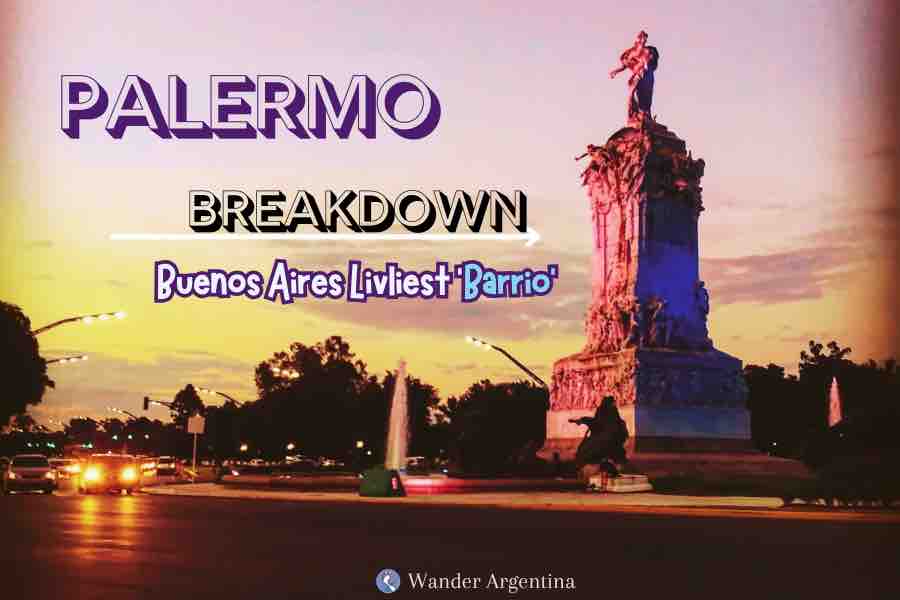
That’s because these days, Palermo is trendy, slick and expensive.
Over the last 25 years development here has exploded.
Sushi restaurants seem to open and close every other week and construction scaffolding along sidewalks is the norm.
Palermo is really a neighborhood of neighborhoods.
Each sub-neighborhood has its own nickname and a different feel.
So coveted is Palermo that realtors promote surrounding neighborhoods for their proximity to Palermo—Villa Crespo is dubbed ‘Palermo Queens’ and Chacarita is called ‘Palermo Village’ or ‘Chacalermo.’
Palermo’s most common neighborhoods are:
Palermo Chico, Palermo Soho, Palermo Hollywood, Alto Palermo and two bonus neighborhoods: Las Cañitas and Villa Freud.
The lack of originality in naming these sub-neighborhoods by Buenos Aires’ real estate agents is justifiably critiqued.
Not only do ‘Soho’ and ‘Hollywood’ create wildly inaccurate comparisons to American cities but it’s pretentious.
From Wetlands to Buenos Aires’ Most Coveted Neighborhood
Until 1838, today’s Palermo neighborhood consisted of mainly of small farms and orchards and had few inhabitants.
The caudillo, Juan Manuel de Rosas, then governor of Buenos Aires began acquiring lands then referred to as ‘the Wetlands of Palermo.’
This opulent estate covered an area of 6,000 m. (65,000 sq ft.).
When Rosa was defeated in the battle of Caseros, his dictatorship ended and his properties were appropriated.
Twenty years later, President Domingo F. Sarmiento, recognizing the need for public green spaces in urban areas, ordered the creation of a park on the lands that had once belonged to Rosas.
Palermo’s version of New York City’s Central Park was named ‘Parque 3 de Febrero’ in honor of the date of Rosas’s defeat in the Battle of Caseros.
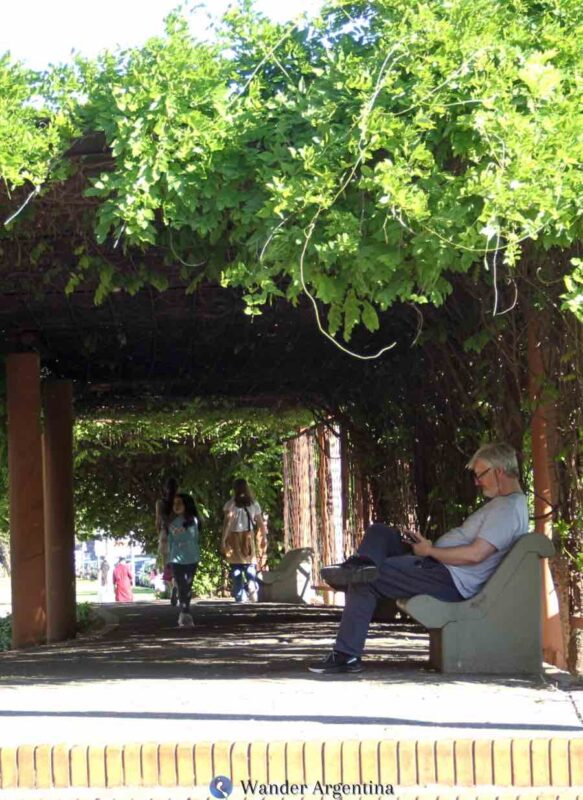
The creation of a sprawling park, a Rosedal (rose garden) with over 18,000 roses, a Botanical Garden, the Buenos Aires Zoo (now an EcoPark), and an Exhibition Center laid the groundwork for this to become one of Buenos Aires’ most sought-after neighborhoods today.
Palermo Chico
Borders: Palermo Chico is bordered to the north by Cavia Street, to the south by Tagle Street, to the east by Avenida Figueroa Alcorta, and to the west by the railroad tracks.
At the northeastern edge of Palermo lies Palermo Chico, ‘small Palermo,’ and as the name implies, it’s rather exclusive.
Bordered by elegant Recoleta to the south, many of the rich and famous people of Buenos Aires live here.
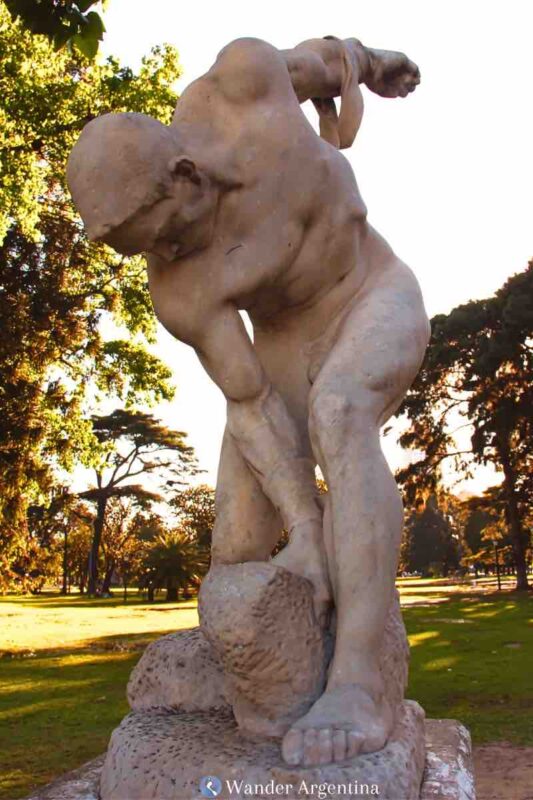
It’s easy to see why it’s so desirable: palaces-turned-embassies face luxury 1960s-era apartment buildings and all have easy access to the city’s largest, greenest parks, Los Bosques de Palermo, or the ‘Palermo forest,’ the lungs of this area, fashioned after Paris’ Bois de Boulogne.
On weekends, porteños bicycle around the small lake, picnic on the Planetarium’s lawns and stroll the Japanese Gardens and the Rose Garden.
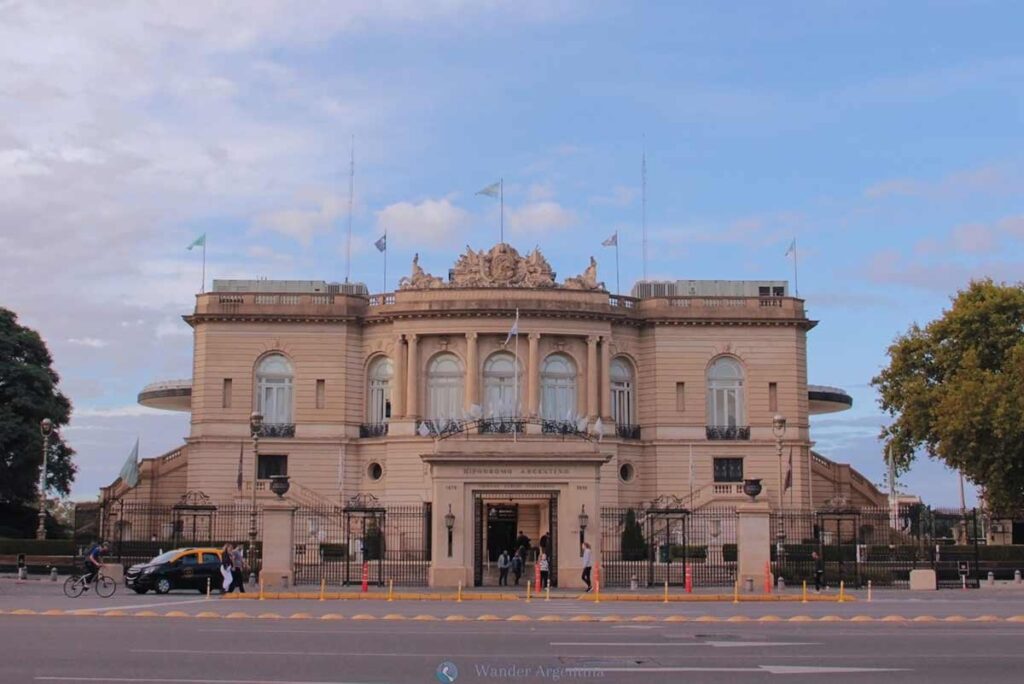
The city’s wonderful Modern Art Museum MALBA is here, as well at the Museum of Decorative Art, housed in a beautiful Beaux-Arts mansion.
Next the Chilean Embassy is Plaza Chile, with various sculpture including a depiction of Chilean Liberator, Bernardo O’Higgins on horseback.
Alcorta Palace is a rather curious building along Figueroa Alcorta.
Designed by Milanese architect Mario Palanti — known for the beautiful Barolo Palace, it was completed in 1928.
Once known as the ‘Chrysler Building,’ the roof has a car track on top and was designed for high-speed car demonstrations with room for 3,000 spectators.
Although wildly popular at the time, the dealership went bankrupt in Argentina.
Today it is a high-end residential complex, one of many properties in George Soros’ Buenos Aires portfolio (which includes El Ateano Grand Splendid and Galerias Pacíficos.)
Alcorta Palace’s one-time racing track is now used as an exercise track.
Facing the Bosques de Palermo are the polo fields and the spectacular Palermo Hipodromo, the city’s surprisingly clean and non-depressing racetracks.
If your feet are aching after wandering Palermo, making a couple of bets is an excellent way to spend a few hours outdoors while also getting a peek at Argentine horse culture.
Plaza Italia
Plaza Italia is a central transport hub in Palermo.
If going to and from Palermo on a city bus, you’ll most likely pass through Plaza Italia, where main avenues Las Heras and Sarmiento merge into Av. Santa Fe.
Plaza Italia is on the border of Palermo Chico and Palermo Botanico and is a stop on the subway’s Line D.
Palermo Botanico
Borders: Avenida Las Heras to the north, Avenida Scalabrini Ortiz to the south, Avenida Santa Fe to the west, and Calle República Árabe Siria to the east.
While Santa Fe is usually groaning with traffic, steps away is the lovely Botanical Garden, Jardín Botánico Carlos Thays.
Debuted in 1898, the beautifully landscaped gardens are a good escape from the bustle outside the gates.
Designed by a French landscape architect, it is inspired by Roman, French, and Asian gardens, dotted with beautiful sculptures.
Here the resident cats doze in the sun alongside five stunning art nouveau greenhouses showcasing tropical and subtropical plants.
Though picnicking is not allowed, its several grassy lawns are often filled with people sharing mate, the traditional herbal infusion of the Río de la Plata.
It’s hard to believe now, but the Jardín Botanico used to be jokingly called ‘Gatonico’ (Gato=cat) because there were hundreds of well-fed cats in the park.
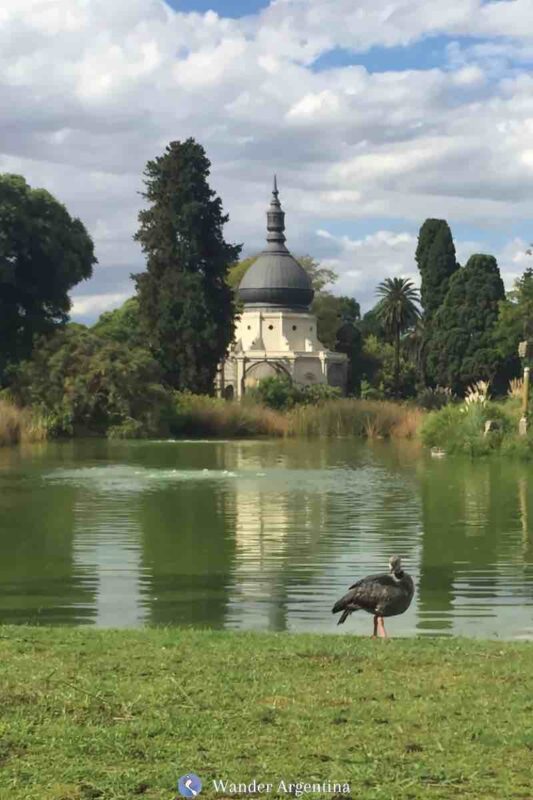
Neighbors and groups such as ¡Hacé feliz a un gato! (Make a Cat Happy) mobilized to get many adopted, so not as many remain but neighbors visit the gardens every day, rain or shine, to feed ‘their cats’ who remain.
If the proliferation of stray porteño felines isn’t exotic enough, adjacent to the Botanical is the old Buenos Aires Zoo, turned EcoPark where you can see ducks, maras, and peacocks in a natural setting.
Palermo Viejo
Borders: What today is referred to as ‘Palermo Viejo’ or old Palermo is bordered to the north by Avenida Santa Fe, to the east by Coronel Díaz Street, to the west by Niceto Vega/Córdoba, and to the south by Scalabrini Ortiz Street
Some of Buenos Aires’s most inventive restaurants are located in Palermo Viejo.
Though the majority of artists have long since decamped to cheaper environs like Almagro bordering this neighbohood on the south or La Boca, playful murals and stenciled graffiti still abound, lending these two mini-neighborhoods some whimsical appeal.
A random stroll might lead you to a corner painted with orange and yellow aliens, interlocking triangles and blue angels, right next door to a fancy restaurant.
The essense of Palermo Viejo for old timers is the character that immigrant communities lent to the neighborhood.
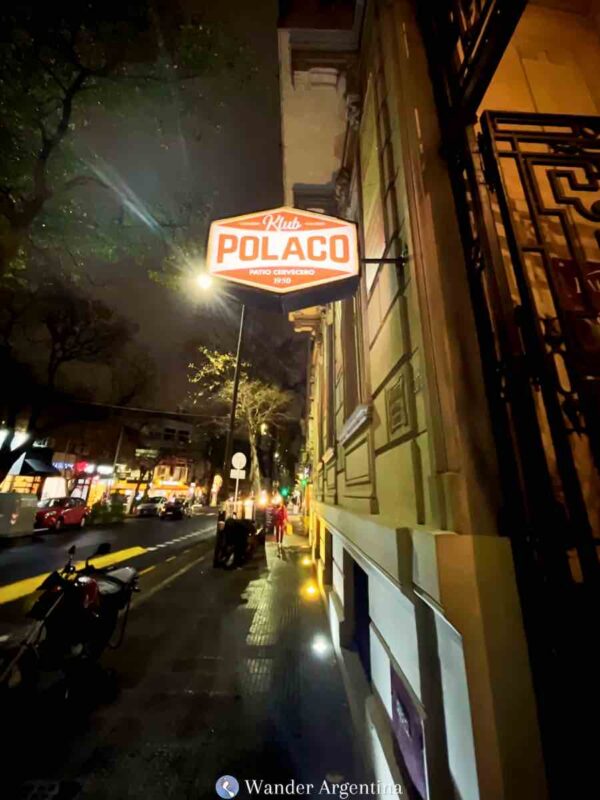
The Federation of Polish Organization’s ‘Casa Polaca’ is housed in an early 20th century home.
The Polish union’s cultural and social hub contains a restaurant seving traditional Polish dishes and lays claim to the largest library of Polish historical and cultural materials in South America.
Palermo Soho
Borders: Palermo Soho is a sub-neighborhood of Palermo Viejo. Its boundaries are by Avenida Juan Bautista Justo to the north, Córdoba Avenue to the south, Avenida Scalabrini Ortiz to the west, and Santa Fe Avenue to the east.
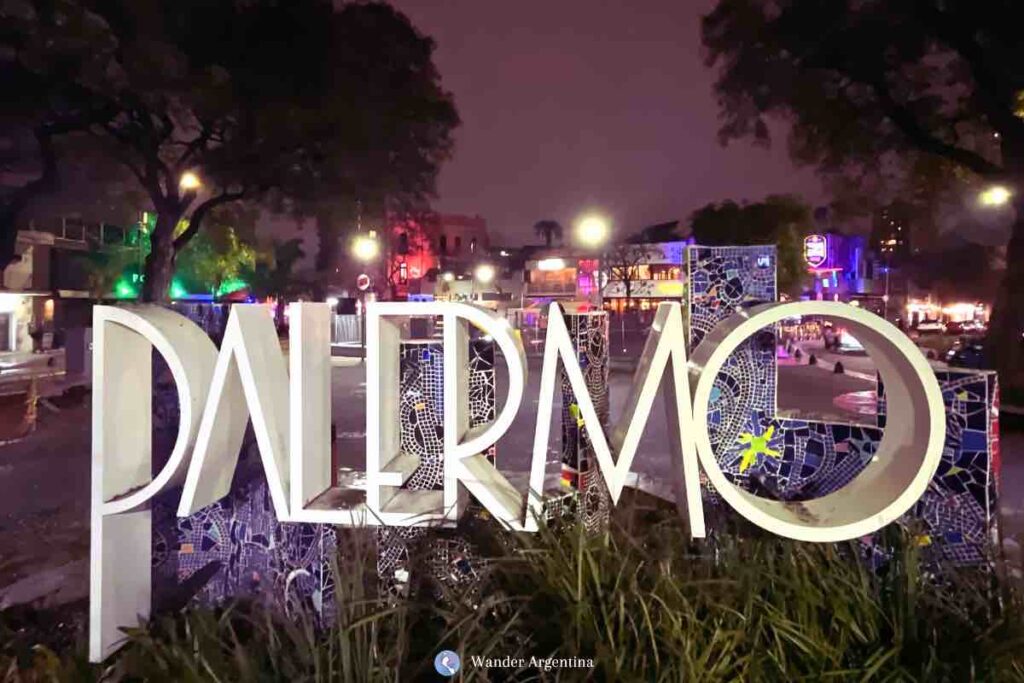
Palermo Soho is the heart of fashionable Palermo, on this stretch between El Salvador and Niceto Vega and centered around Plaza Serrano.
The streets surrounding Plaza Palermo Viejo (renamed Plaza Inmigrantes de Armenia, Immigrants of Armenia Plaza, in honor of the local Armenian community) are lined almost entirely with cool cafes and white-walled designer boutiques.
Many of the casas chorizo around here are inventively painted in pretty pastels that lend a rather picturesque appeal to the neighborhood on a sunny afternoon.
In this sector of Palermo, a few hints of the past still survive; you’ll stumble across the occasional concrete-floored parrilla (traditional steakhouse) and old-school social clubs like Club EROS, where kids play in football leagues and men eat ravioli together while watching soccer matches on the tube.
Argentina’s First Armenian church is located along Armenia Street and runs a restaurant offering traditional Armenian food in the Centro Armenio that it a bit more affordable than nearby Sarkis.
Tango lovers should beeline to the basement of the Armenian cultural center, to Palermo’s most popular milonga, La Viruta Tango club.
Plaza Serrano
The largest attraction in Palermo Soho is a the plaza labeled Plazoleta Julio Cortázar on your map, but known by locals as Plaza Serrano.
This tiny, circular plaza is ringed with brightly painted cafes whose tables spill out onto the sidewalk.
Almost every night of the week, Plaza Serrano overflows with revelers.
It’s great for people-watching, but hold onto your bag if you’re sitting outside since this lively scene provides good cover for thieves.
On weekends, both Plaza Palermo Viejo and Plaza Serrano are the sites of popular street fairs.
While the San Telmo Street Fair as well as the one in Recoleta are good places for those seeking traditional souvenirs like ponchos and mates, the Palermo stalls are ground zero for funky jewelry and multi-colored leather purses, belts and asymmetrical T-shirts.
Go early to avoid the crowds.
Palermo Hollywood
Borders: Palermo Hollywood is bound by Avenida Juan Bautista Justo to the north, Avenida Córdoba to the east, Avenida Dorrego to the south, and Avenida Santa Fe to the west.
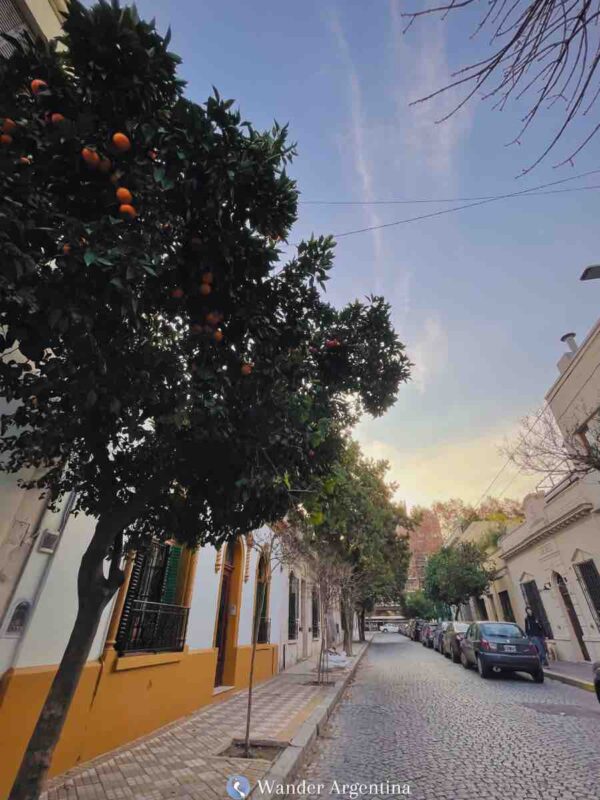
On the other side of Av. Juan B. Justo lies Palermo Hollywood, so called due to the concentration of TV and film production studios.
This sub-neighborhood of Palermo Viejo, is home to a growing number of fancy restaurants and clubs, but unlike Palermo Soho, there aren’t many boutiques.
Despite the presence of the TV and film studios, some parts of it have a quieter residential feel, making it a good neighborhood to book a place to stay.
Foot traffic around Palermo Hollywood increases near lunch and dinner times, but the action is really only concentrated on a few streets, with lots more space between businesses than in Palermo Soho.
Bustling pubs and restaurants here appeal to every palate and diet with keto, celiac and vegan restaurants and enticing Buenos Aires brunch options.
After midnight, especially on weekends, Palermo Hollywood becomes more lively as taxis crowd the streets and competing bass lines of some of the city’s clubs, mostly clustered around Avenida Cordobo pulse well into the morning.
On Gorriti and Honduras between Juan B. Justo and Dorrego, there is a string of glittering restaurants, clubs and bars.
Nearer to the railroad tracks are the bigger dance clubs such as Cro Bar and Niceto.
Palermo Nuevo
Palermo Nuevo is bordered by Avenida Coronel Díaz to the north, Avenida Juan B. Justo to the south, Avenida Santa Fe to the east, and Avenida de los Incas to the west.
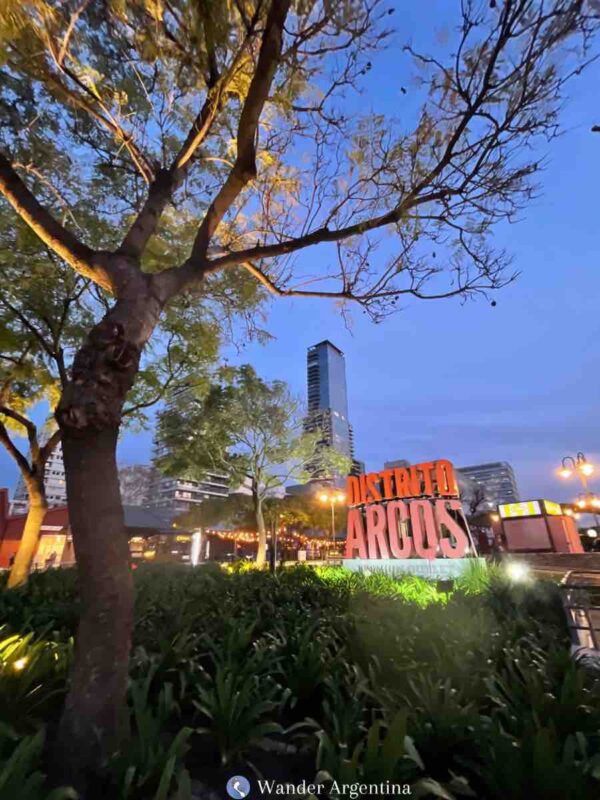
The name ‘Palermo Nuevo’ hasn’t stuck as much as a sub barrio of Palermo but its used to describe an area with a lot of new construction, just north of Palermo Soho and west of Palermo Hollywood.
Here there are new high rises and an open shopping mail created in the restored railway viaducts with exposed brick, iron detailing and elevated store prices.
One of the city’s most popular night clubs is here, which works out well since apartments are sequestered in high rises.
This part of Palermo lacks soul as its mostly a shrine to consumption but the saving grace is the creative Parque de las Ciencias (Science Park) with a cool playground for kids, exercise space and even a UV Index Monitor.
Alto Palermo
Borders: Avenida Juan Bautista Justo to the north, Avenida Scalabrini Ortiz to the south, Avenida Santa Fe to the east, and Avenida Córdoba to the west
Alto Palermo is a bustling area known for its modern vibe, shopping opportunities, and lively atmosphere.
Less frequently referred to as ‘Palermo Glam,’ it offers a blend of residential comfort and commercial activity.
Near the Bulnes stop on the subway is the upscale multi-level, Alto Palermo shopping mall, where Argentina’s flagship Starbucks is always packed with teenagers.
Heading down Av. Santa Fe towards downtown, is a popular shopping area for its moderately priced shoe and clothing stores.
A couple of blocks northeast is Parque Las Heras, a 12-hectare framed by General Las Heras Avenue, Colonel Díaz Avenue, Jerónimo Salguero Street, and Juncal Street that is popular with sunbathers and mate drinkers.
It also has a soccer field, carousal and ping pong tables.
A couple blocks to the east is the Evita Museum, which offers an interesting glimpse into the cult of Evita Perón, and a lovely garden restaurant.
Villa Freud
Borders: This tiny sub-barrio to the north by Avenida Santa Fe, to the south by Avenida Juan B. Justo, to the east by Avenida Scalabrini Ortiz, and to the west by Avenida Córdoba
Buenos Aires is famous for having the highest number of psychoanalysts per capita of anywhere in the world and many of those shrinks have their practices in this area, hence the nickname Villa Freud.
Villa Freud is a mini-neighborhood between Alto Palermo and Barrio Norte, beginning around Plaza Guadalupe, officially known as Plaza Güemes.
Sometimes the neighborhood is also called also known as Guadalupe, due to the nearby Basilica of Our Lady of Guadalupe which was completely renovated a few years ago.
Completed in 1890, this Basilica is considered among the most beautiful in Palermo.
Since many Polish immigrants congregated in this area of Palermo dating from the same time, it’s colloquially called ‘The Polish Church.’
From the plaza, you can take a stroll down the pedestrian portion of leafy Charcas Street, which residents traditionally — and somewhat grandiosely— refer to as ‘the Boulevard.’
Pop into a café for a coffee and you’ll probably hear a local ruminating about their psychoanalysis session!
Las Cañitas
Borders: Avenida Luis María Campos to the west, Avenida del Libertador to the east, Avenida Dorrego to the south, and Benjamín Matienzo Street to the north.
Las Cañitas, is often a sub-neighborhood within the larger Palermo district.
Sandwiched around the Military Equestrian Field, the area sits between Luis Maria Campos Avenue, Matienzo, and Dorrego and Libertador Avenues.
It’s a charming, upscale area, with outdoor dining and vibrant nightlife.
This once-quiet residential quarter has become one of the city’s most sought-after spots.
Though it’s technically a part of northern Palermo, many locals erroneously consider Las Cañitas to be part of the Belgrano neighborhood, its neighbor to the north.
Perhaps because it’s a hike from the subway, tucked away behind the Campo Argentino de Polo fields and bordered by Los Bosques de Palermo, there is the sense that Las Cañitas is a self-sufficient little colony.
Though it’s not far from Palermo shopping and hotspots, it’s easy to get the impression that residents of Las Cañitas never leave their pleasant little enclave.
They have their own miniature version of Alto Palermo, the upscale El Solar, packed with bars, pubs, and clubs that attract a lively, well-dressed crowd
Baez Street is bustling at night, with long waits for tables at the popular restaurants where you can dine on the sidewalk in relative peace and a substantial bar scene.
-by Elena Morin
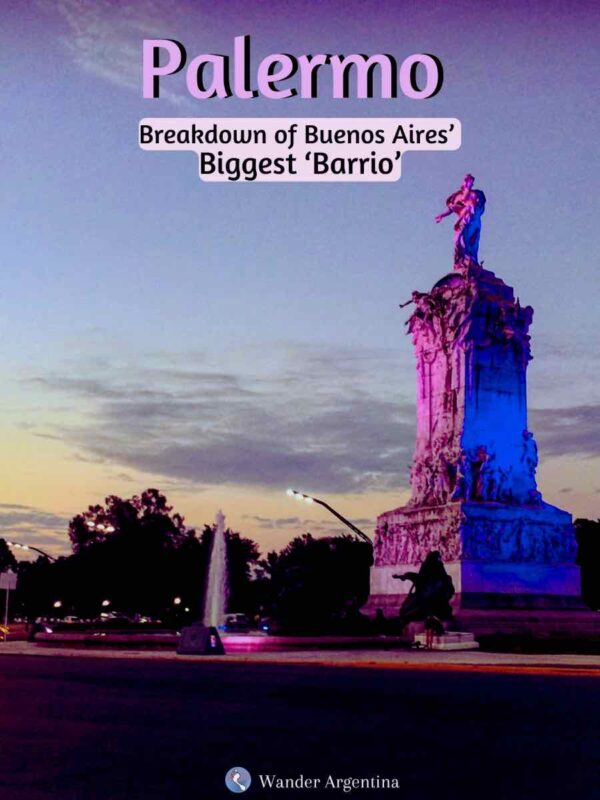

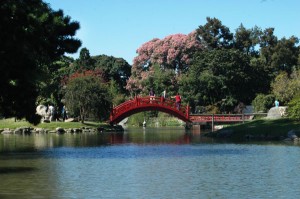
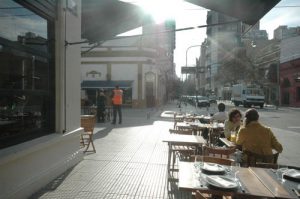
6 thoughts on “Palermo: A Breakdown of Buenos Aires’ Largest Neighborhood”
Comments are closed.